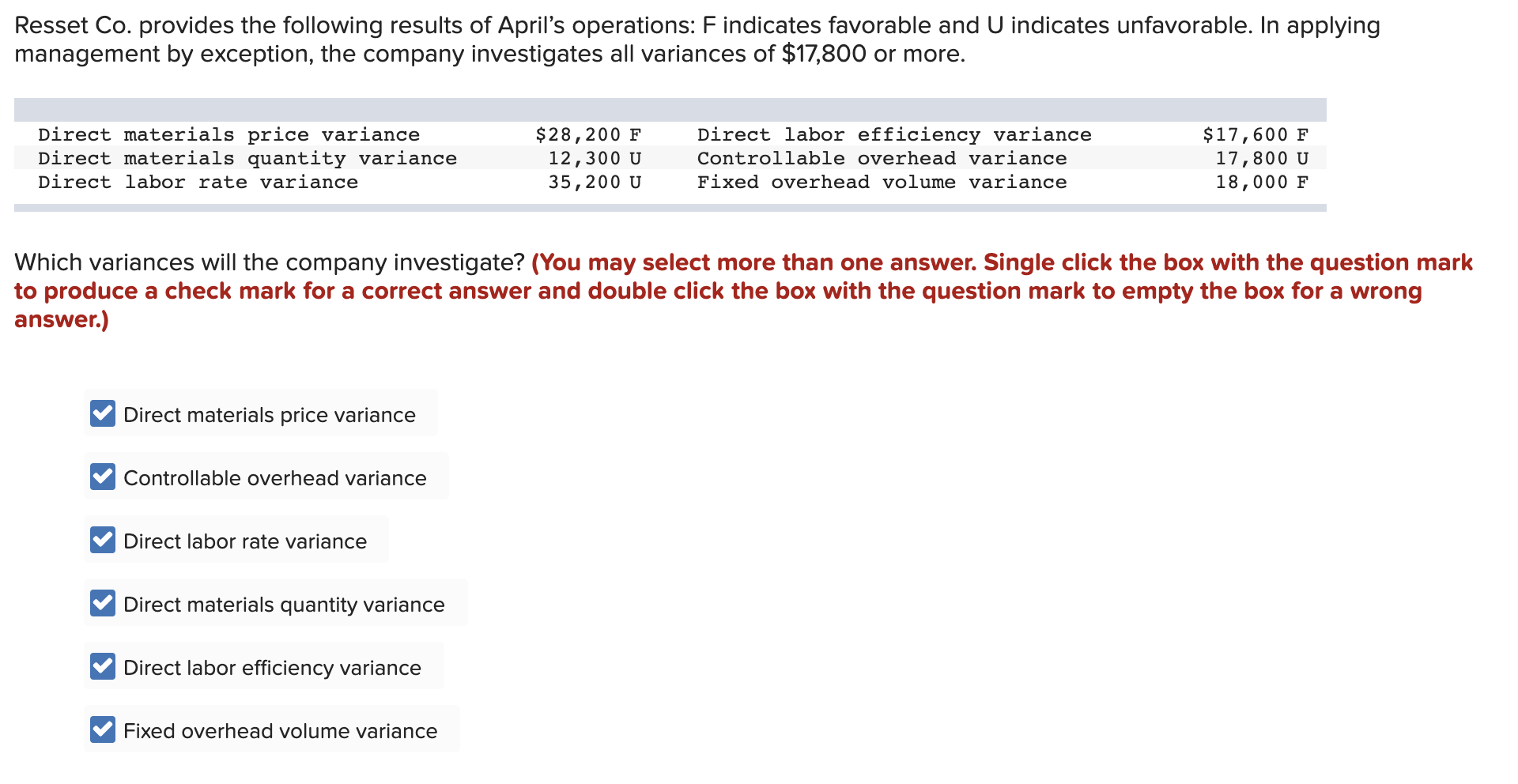
However, it may also occur due to substandard or low quality direct materials which require more time to handle and process. If direct materials is the cause of adverse variance, then purchase manager should bear the responsibility for his negligence in acquiring the right materials for his factory. The other two variances that are generally computed for direct labor cost are the direct labor efficiency variance and direct labor yield variance. If the actual hours worked are less than the standard hours at the actual production output level, the variance will be a favorable variance.
The Formula for Direct Labor Mix Variance
If there is no difference between the standard rate and the actual rate, the outcome will be zero, and no variance exists. Actual and standard quantities and rates for direct labor for the production of 1,000 units are given in the following table. Total actual and standard direct labor costs are calculated by multiplying number of hours by rate, and the results are shown in the last row of the first two columns. It also includes other benefits such as worker’s compensation and unemployment insurance, health insurance and contributions to pension or retirement plans. The efficiency variance is the difference between the actual unit usage of something and the expected amount of it.
Computing Direct Labor Variance
An adverse labor efficiency variance suggests lower productivity of direct labor during a period compared with the standard. A favorable labor efficiency variance indicates better productivity of direct labor during a period. Hence, variance arises due to the difference between actual time worked and the total hours that should have been worked. The direct labor efficiency variance is similar in concept to direct material quantity variance.
Types of Labor Cost Variance
The difference between the standard cost of direct labor and the actual hours of direct labor at standard rate equals the direct labor quantity variance. In other words, when actual number of hours worked differ from the standard number of hours allowed to manufacture a certain number of units, labor efficiency variance occurs. The direct labor rate variance is the $0.30 unfavorable variance in the hourly rate ($10.30 actual rate Vs. $10.00 standard rate) times the 18,400 actual hours for an unfavorable direct labor rate variance of $5,520.
What are the benefits of calculating direct labor yield variance?
Companies typically try to lock in a standard price per unit for raw materials, but sometimes suppliers raise prices due to inflation, a shortage or increasing business costs. If there wasn’t enough supply available of the necessary raw materials, the company purchasing agent may have been forced to buy a more expensive alternative. Calculate stock options the hourly value of fringe benefits and employee taxes by dividing that amount by the number of hours worked in the pay period. Some of the workers in a factory perform tasks that are directly linked to the manufacturing process. If the total actual cost incurred is less than the total standard cost, the variance is favorable.
- For example, assume your small business budgets a standard labor rate of $20 per hour and pays your employees an actual rate of $18 per hour.
- Direct labor costs are defined as a cost of labor that goes directly into the production or manufacturing of a good.
- If the company bought a smaller quantity of raw materials, they may not have qualified for favorable bulk pricing rates.
If the company bought a smaller quantity of raw materials, they may not have qualified for favorable bulk pricing rates. To calculate the labor burden, add each employee’s wages, payroll taxes, and benefits to an employer’s annual overhead costs (building costs, property taxes, utilities, equipment, insurance, and benefits). The flexible budget is compared to actual costs, and the difference is shown in the form of two variances. The labor rate variance focuses on the wages paid for labor and is defined as the difference between actual costs for direct labor and budgeted costs based on the standards. The labor efficiency variance focuses on the quantity of labor hours used in production.

Calculating and managing direct labor efficiency variance is essential for controlling labor costs in the construction industry. Owners, directors, managers and supervisors are the common types of fixed labor in small business. These individuals usually earn a fixed salary regardless of the hours worked in the business. Business owners used fixed salaries to avoid paying managers and supervisors overtime during business operations.
The standard direct labor rate was set at $5.60 per hour but the direct labor workers were actually paid at a rate of $5.40 per hour. The direct labor efficiency variance may be computed either in hours or in dollars. Suppose, for example, the standard time to manufacture a product is one hour but the product is completed in 1.15 hours, the variance in hours would be 0.15 hours – unfavorable. If the direct labor cost is $6.00 per hour, the variance in dollars would be $0.90 (0.15 hours × $6.00).
